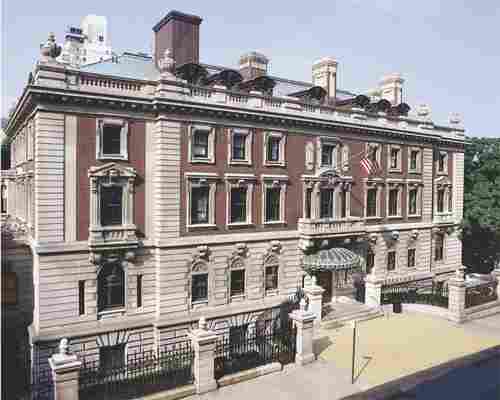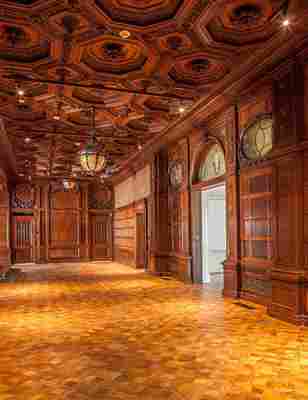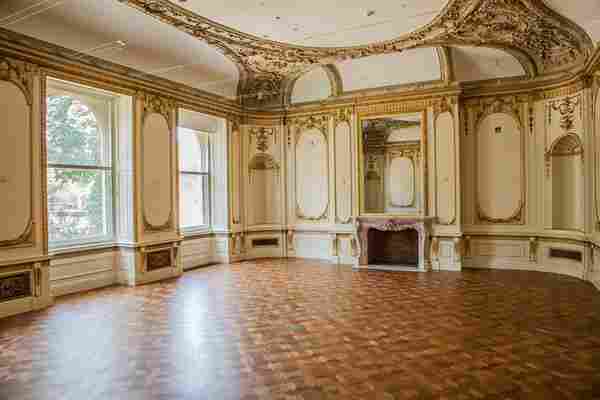View Slideshow
New York’s Cooper Hewitt, Smithsonian Design Museum has long been something of an outlier. Located in the Andrew Carnegie mansion at 91st Street and Fifth Avenue, the institution is farther north than many of its prominent peers on the city’s Museum Mile, and its landmarked residential setting has made it a sometimes suboptimal exhibition space. "Looking at the architecture of the building, we’ve been limited," says director Caroline Baumann, who was tapped last year to guide the Cooper Hewitt into a new era. On December 12, she will unveil the results of a game-changing three-year renovation targeted at redefining the historic structure as a museum of the future—with a daring curatorial program to match.
A 13-year veteran at the Cooper Hewitt, Baumann has been intimately involved in the redesign and says she has long been "fueled by a desire to transform the museum into a global center for what’s new." That vision is a far cry from the institution’s modest beginnings in 1897, as a teaching collection for Cooper Union college. Over the years the museum has had two different addresses and four different names—its switch from Cooper-Hewitt, National Design Museum was just announced—and was briefly shut down in the early 1960s. When the venue reopens, its Gilded Age interiors (refurbished by architecture firms Gluckman Mayner and Beyer Blinder Belle) will contain 60 percent more gallery space, with exhibition design by Diller Scofidio + Renfro. A crucial display component will be interactive features that give the public new ways of exploring the museum’s highly regarded collection while taking the Cooper Hewitt back to its roots as a place for hands-on discovery.



"We often talk about design as a verb," says Baumann, who (with technological help from GE, Sistelnetworks, and Undercurrent) will put action in the hand of every museumgoer via the Pen—a pioneering stylus device that allows visitors to both gather information on exhibits and sketch their own ideas on digital drafting tables. In the Immersion Room, meanwhile, guests can select patterns from the Cooper Hewitt’s extensive trove of wallpaper to be projected onto walls. The aim, Baumann says, is to make people see design as an integral part of their lives: "What we’re saying is, 'Come not just to look at design but to start thinking like a designer.'" For more information go to cooperhewitrg .
